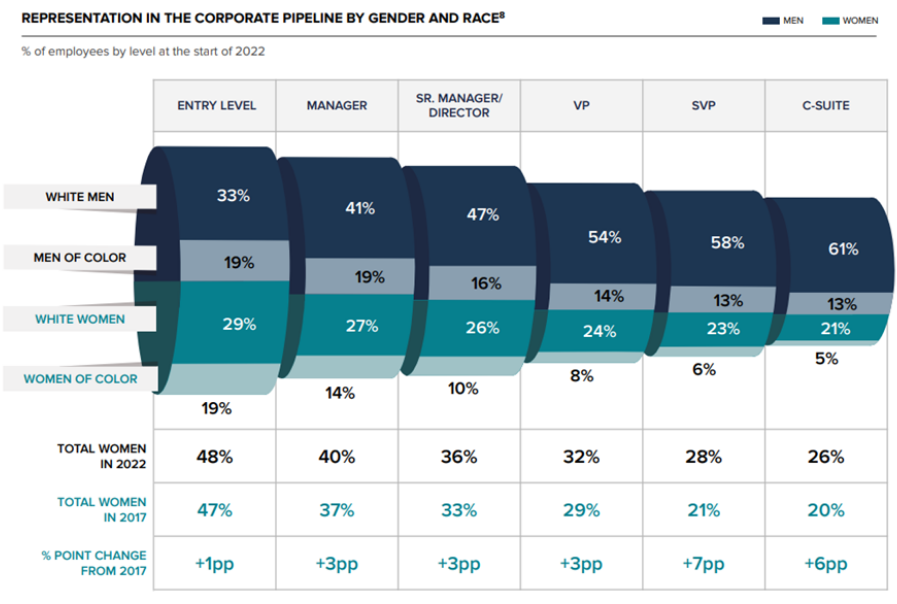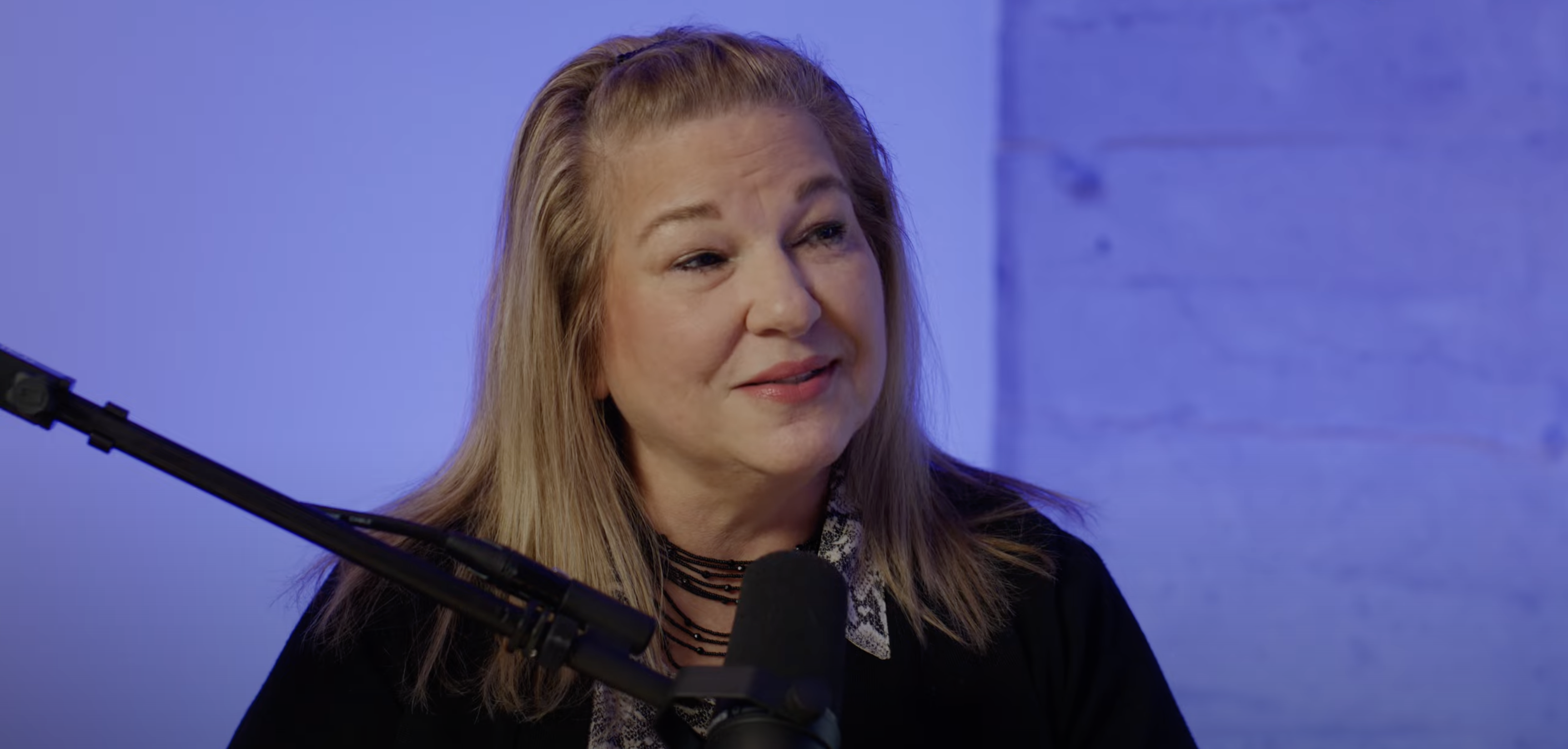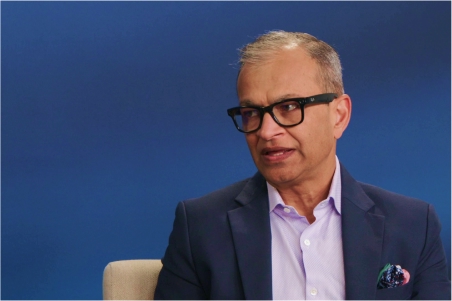August 29th, 2023
4 min read
A study by McKinsey found that companies who are more diverse and inclusive are 35% more likely to outperform the competition. Deloitte found that diverse and inclusive companies were six times more likely to be innovative and twice as likely to achieve, or exceed, financial targets. Diversity and inclusivity is especially important for the younger generation with 83% of millennials being actively engaged when they felt their organization fostered an inclusive culture (Source). And yet changing old and entrenched attitudes continues to be challenging. A report by the World Economic Forum shows that women make up only 5% of CEOs among large U.S. corporations. What’s more, women are leaving their employers at the highest rate in years with the lack of promotion being a primary driver. A study published last October by McKinsey showed that for every 100 men at entry level who are promoted only 87 women enjoy the first early success. The result is that men are more likely to progress to senior positions from the get-go after which the chasm only grows.
Covid exacerbated the problem as women’s jobs were left more vulnerable than men’s jobs. While women make up 39% of global employment they accounted for 54% of overall job losses. (McKinsey)

This issue is a topic close to the heart of Roli Agrawal who spent a decade in management consulting before moving to a technology company. As one of the top executives at NTT, Roli is on a mission to change attitudes, and break the bias to ensure greater equality and equity at work for all.

Have you always been a passionate advocate of diversity – where did it all begin?
It is definitely true that diversity is my passion. At NTT we look at diversity through six different lenses: age, race, sexual orientation, gender, socio-economic status and disability. I strongly believe in all of those but I have experienced gender issue most closely from early on in my life. I was raised in India, in a middle-class family. And, even at a young age I could see what was happening with clear gender attitudes impacting the lives of the girls in our society. Although many girls in the middle-class families were getting a similar education, they faced different societal rules, which meant they didn’t have the same opportunities or freedom as the boys in their families. I strongly felt that this disparity and unfairness needed to be addressed.
What are some of the initiatives you are running to help change attitudes?
I run unconscious bias training for the company’s top 250 leaders. It’s a 90-minute workshop, which I run on a monthly basis, for a small group of these senior leaders. In the workshops I talk about the function of the brain and how we make implicit associations based on experiences and patterns from the past. These patterns are formed through what we see in society in terms of things like gender roles, gender behaviours, racial behaviour etc. Our brain receives 11 million pieces of information every moment and it processes only about 40 consciously, the rest are unconscious and automatic and therefore bias is an inevitability. What we need to do is put in a conscious checks and balances so we can avoid the unintended consequences of our biases in modern workplace and society. I’m happy to say their feedback has been amazing!
What can you do to prevent bias?
The first step in preventing your bias is to become aware of your biases. There are some very helpful tools, Implicit Association test from Harvard being one of those, in identifying your biases. Plus, of course, introspection helps. You can then check your key decisions against your personal biases. You might choose to make a list of biases and cross-check key decisions against those or ask yourself if you would have made the same decision about the person if the person’s trait, that you have a bias against or in favour, was opposite. For instance, would I hire this person if they didn’t have kids (if the bias is motherhood). Do you reward employees for ‘flexibility’ e.g. for last-minute travel, work schedule changes, etc. without realizing that its harder for women than men who just have to check just their own calendars, when women have to take care of many other responsibilities at home before committing anything out of regular schedule.

What is your view on sponsorship versus mentorship?
Women need sponsorship, much more so than mentorship, but research shows that women find it difficult to find a real sponsor for various reasons. To help with this I have started a program at NTT called ‘Make HERstory’ with around 80 senior female colleagues who have been aligned with a member of NTT’s Executive Leadership Team as their sponsor. Many executives sponsor two or three people and it is their responsibility to represent those women and to drum the table for them during key decision-making moments. As part of the program, we run workshops on topics such as, charting the career paths, networking, office politics and so on. We also run events with some of our key partners like Microsoft. We are looking to expand the program to ensure a continuous feed of the next generation of female leaders.
How do you respond to the sceptics?
With any element of change you push you’ll get push back. If there wasn’t any push back then we’d already be equal. People don’t like you to challenge them; it’s uncomfortable and that can lead to reactions from fear through to aggression. And yet we have to start the journey recognizing that change takes time and can be slow. It’s why we need a critical mass of female leaders. You have to work out your priorities and compromise but as long as you keep inching forward you are succeeding. It’s the same as any change process.
It’s high time we stop singing “Why can’t a woman be more like a man?” and focus on the need for balance in which both genders can play to their strengths, with the support and encouragement of their employers. I would encourage everyone, men and women, to #BreakTheBias.





